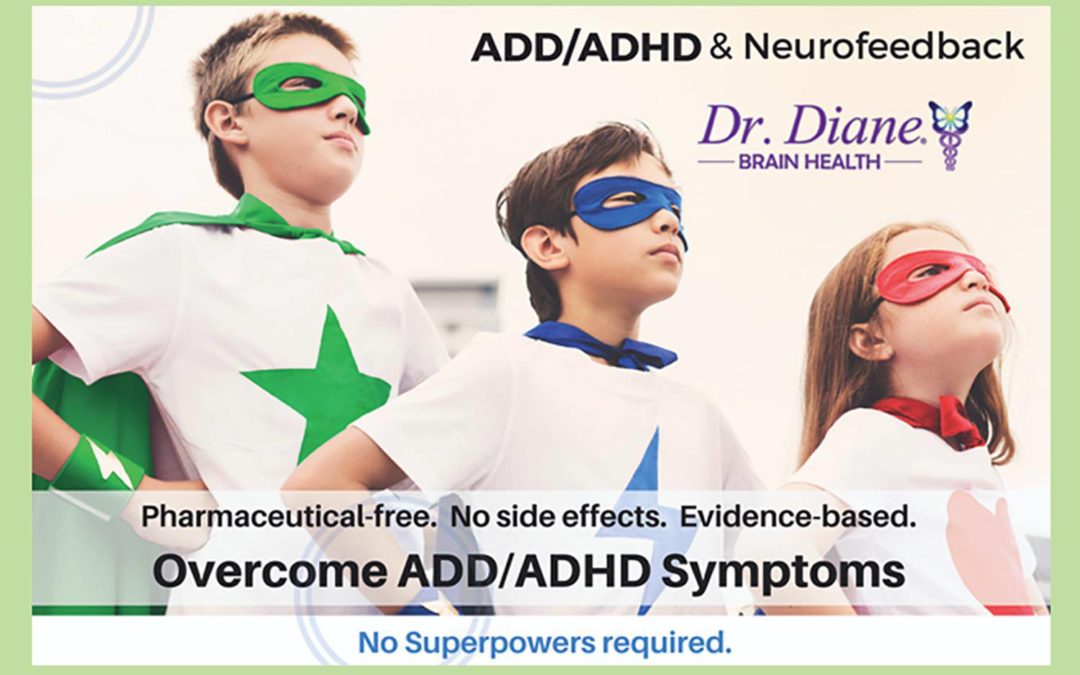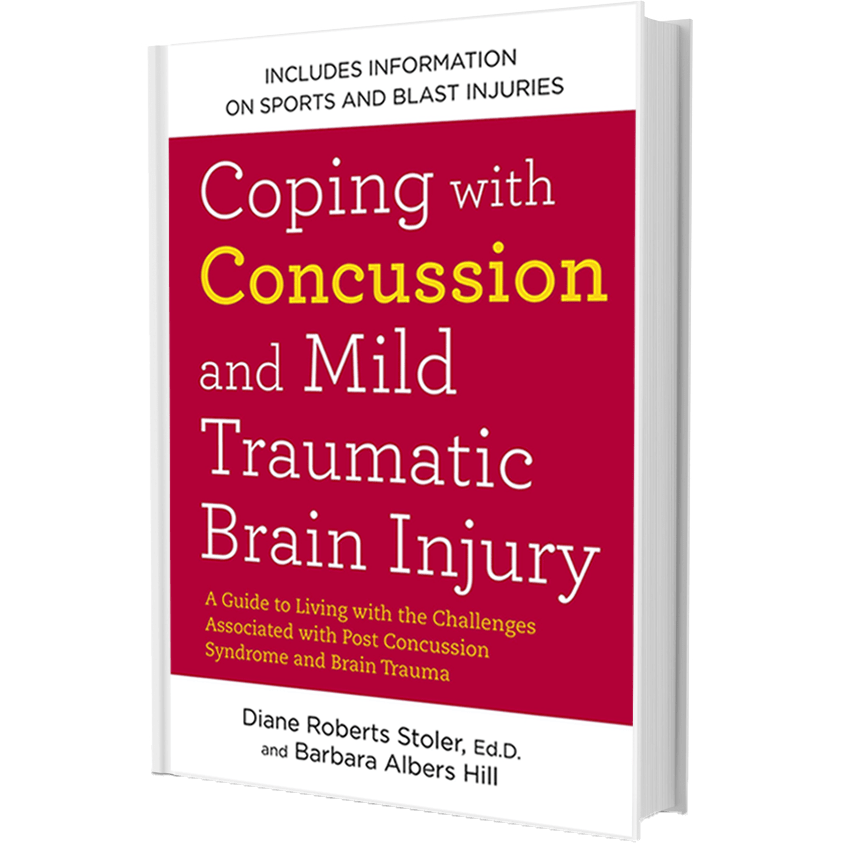What is Attention Deficit Disorder (ADD) and Attention Deficit Hyperactivity Disorder (ADHD)?
ADD/ADHD been in medical literature for over a hundred years, and it affects over 8 percent of the population. The ratio of male to female is 3 to 1 with the age range from young children to senior citizen.
Definition:
ADD/ADHD is a diagnosis applied to individuals who consistently display certain behaviors over a period of time. The most common features include:
- Distractibility (poor sustained attention to tasks)
- Impulsivity (impaired impulse control and delay of gratification)
- Hyperactivity (excessive activity and physical restlessness).
In order to meet diagnostic criteria, these behaviors must be excessive, long-term, and pervasive. The behaviors must create a real handicap in at least two areas of a person’s life, such as, at school, work, home, or social settings. These criteria set ADHD apart from the “normal” distractibility and impulsive behavior of childhood, or the effects of the hectic and overstressed lifestyle prevalent in today’s society.
Causes:
ADD/ADHD is most likely caused by biological factors that influence neurotransmitter activity in certain parts of the brain. According to research, lower levels of activity in some parts of the brain may cause inattention and other ADD/ADHD symptoms. ADD/ADHD usually persists throughout a person’s lifetime.
While genetics, maternal alcohol or drug use, birth trauma, jaundice, brain infections and head trauma can play a causative role in ADD symptoms, the increase in ADD is most likely related to influences in our world today that negatively affect brain function, including:
- Limited physical education in school
- Excessive use of video games
- Diets filled with processed foods
- Exposure to environmental toxins (i.e. pesticides in the food supply)
ADD/ADHD Statistics
Attention deficit hyperactivity disorder (ADHD) is one of the most common neurodevelopmental disorders among children in the U.S. It is estimated that the number of children ever diagnosed with ADHD is over 6 million, according to a 2016 study from the Centers for Disease Control and Prevention (CDC).
This number includes:
- 388,000 children aged 2–5 years
- 4 million children aged 6–11 years
- 3 million children aged 12–17 years
According to some ADHD statistics, it can cost an individual suffering from ADHD more than $14,500 per year. These costs include medications and doctor’s visits, as well as the loss of work, education expenses, juvenile justice, and other expenses.
ADHD is often difficult to diagnose and treat. Children with ADHD are often thought to have behavioral issues because their underlying neurological condition is invisible to the outside world. Studies find that people with ADHD show differences in the structure, volume, chemical activity and communication pathways in their brain, as compared to people without ADHD. These differences affect the self-regulatory functions of the brain, resulting in forgetfulness, distractibility, impulsivity, and an inability to focus.
ADHD and Neurofeedback
Research shows Neurofeedback to be an effective method for improving attention, behavior, mood & learning difficulties associated with ADD/ADHD. Neurofeedback is a non-invasive, technology-based, evidence-based brain training technique that helps regulate brain activity improving concentration, focus, and more.
Historically, pharmacological treatments for Attention-Deficit/Hyperactivity Disorder (ADHD) have been considered to be the only type of interventions effective for reducing the core symptoms of this condition. However, during the past three decades, a series of case and controlled group studies examining the effects of EEG Biofeedback have reported improved attention and behavioral control, increased cortical activation on quantitative electroencephalographic examination, and gains on tests of intelligence and academic achievement in response to this type of treatment.
In her recent paper, “Update on Attention-Deficit/Hyperactivity Disorder”, published in Current Opinion in Pediatrics, Katie Campbell Daley reviewed the research and practice standards on ADHD Treatment. Dr. Campbell is on the staff of the Department of Medicine, Children’s Hospital Boston and in the Department of Pediatrics of the Harvard Medical School.
“Overall, these findings support the use of multi-modal treatment, including medication, parent/school counseling, and EEG biofeedback, in the long term management of ADHD, with EEG Biofeedback, in particular, providing a sustained effect even without stimulant treatment. Parents interested in non-psychopharmacologic treatment can pursue the use of complementary and alternative therapy. The therapy most promising by recent clinical trials appears to be EEG Biofeedback.” – Dr. Campbell
ADHD Treatment with Dr. Diane®
Dr. Diane and her integrative team of brain health experts are trained in conventional, complementary, and alternative therapies. The team has Solutions and Resources℠ to help alleviate the consequences of ADD/ ADHD, utilizes state of the art and cutting edge technology and other methods including Biofeedback, Neurofeedback, Hypnosis, Cognitive Therapy, Water Therapy, Sound Therapy, and our brain-healthy diet.
Dr. Diane® and her Brain Health Experts work as a unified team, which strongly believes that regardless of the presenting problem or situation, you as a person should be seen from the five distinct views that make up our approach: physical, psychological, emotional, spiritual, and energy. Often these areas intertwine, yet Dr. Diane® looks for the core issue. Once the assessment is done, your individual treatment program is developed based on conventional, complementary, and alternative treatment methods. These methods are often modified and customized to meet your specific needs as you progress in regaining your life.



